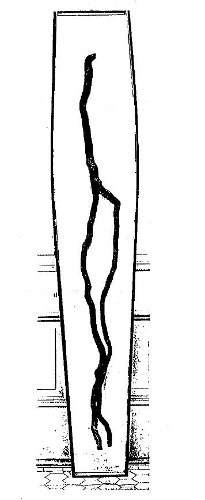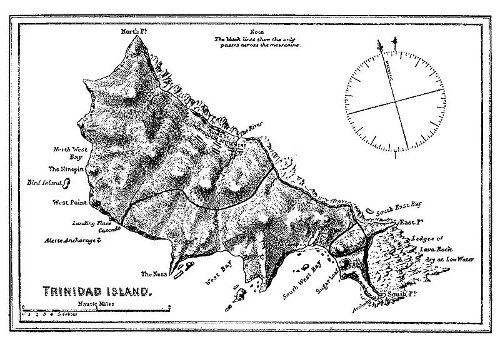
It has been recorded by reliable authority that near the graves of Roger Williams, the founder of Rhode Island, and his wife, there stood a venerable apple-tree which had sent two of its roots into the graves of Mr. and Mrs. Williams. The larger root had pushed its way through the earth till it reached the precise spot occupied by the skull of Roger Williams. There, making a turn, as if going round the skull, it followed the direction of the backbone to the hips. Here it divided into two branches, sending one of them along each leg to the heel, where both turned upward to the toes. One of these roots formed a slight crook at the knee, which made the whole bear close resemblance to a human form. There were the graves, emptied of every particle of human dust. Not a trace of any thing was left. There stood the guilty ‘apple-tree,’ as it was said at the time, caught in the very act of ‘robbing the grave.’ The fact proved conclusively that bones, even of human beings, are an excellent fertilizer for fruit-trees; and the fact must be admitted that the organic matter of Roger Williams had been transmitted into the apple-tree; it had passed into the woody fibre, and was capable of propelling a steam-engine; it had bloomed in the apple-blossoms, and had become pleasant to the eye; and more, it had gone into the fruit from year to year, so that the question might be asked, Who ate Roger Williams?
— Sereno Edwards Todd, The Apple Culturist, 1871




